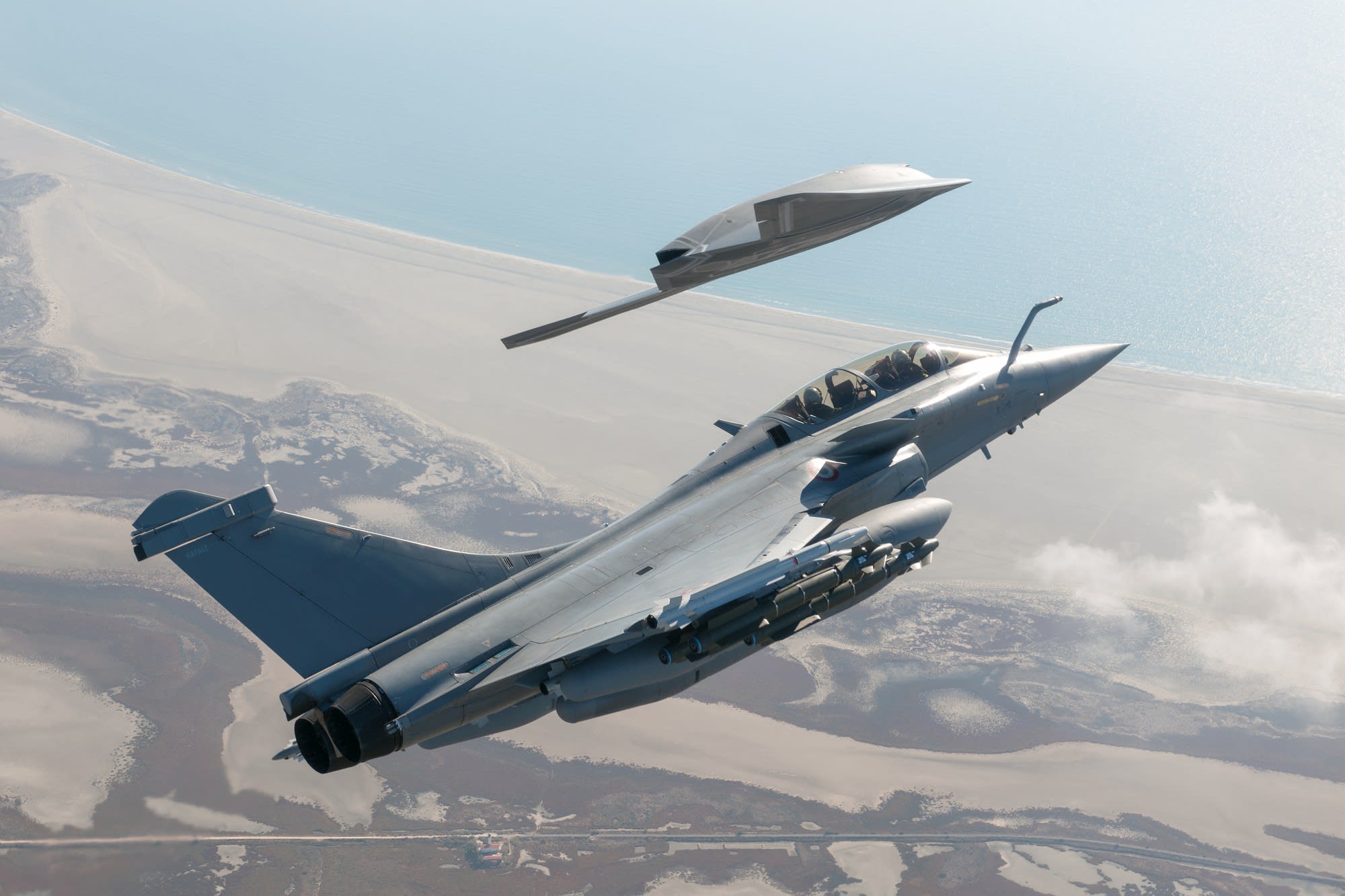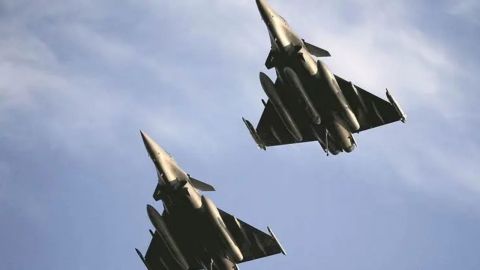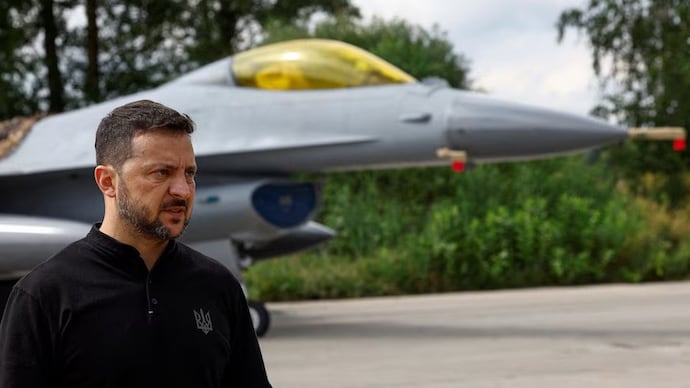Europe
SOURCE: FROBES

Shooting down their own brand new drone on video when it went out of control over Ukraine may be one of the biggest embarrassments ever suffered by the Russian Air Force. But there may be worse to come.
The Sukhoi S-70 Okhotnik-B (“Hunter-B”) was a prototype stealth combat drone, a ‘loyal wingman’ designed to operate alongside with the new Sukhoi Su-57 “Felon” fighter. After it was shot down by its accompanying Su-57, the Russians fired an Iskander missile at the crash suite to destroy the S-70 wreckage. Pictures show that well before the missile strike took place, the Ukrainians had already taken away key components for analysis.
Continue readingSOURCE: DASSAULT

On this day, Sébastien Lecornu, French Minister of the Armed Forces and Veterans Affairs, announced the development launch of the unmanned combat aerial vehicle (UCAV) that will complement the future Rafale F5 standard after 2030.
The announcement was made at a ceremony marking the 60th anniversary of the French Strategic Air Forces (FAS) at the Saint-Dizier air base, in the presence of General Jérôme Bellanger, Chief of Staff of the French Air and Space Force (AAE), and Éric Trappier, Chairman and CEO of Dassault Aviation.
Continue readingSOURCE: REUTERS

An F-16 fighter jet used by Ukraine crashed on Monday, Kyiv’s military said, the first such loss reported since the long-awaited arrival of the U.S.-made planes in the country was confirmed this month.
The jet came down and its pilot died while it was approaching a target during a Russian airstrike, the Ukrainian General Staff said on Thursday in a statement on Facebook. The F-16s had “demonstrated high efficiency” and downed four Russian cruise missiles, it added. “Connection with one of the aircraft was lost while it was approaching the next target. As it turned out later, the plane crashed, the pilot died,” the statement added.
Continue readingSOURCE: REUTERS

Two French military jets collided in midair over the country’s east on Wednesday, killing two military personnel and leaving a sole survivor, French officials said.
In a post on X, French President Emmanuel Macron identified the fatalities in the Rafale (AM.PA), opens new tab aircraft accident as Captain Sebastien Mabire and Lieutenant Matthis Laurens.
Continue readingSOURCE: REUTERS

Ukrainian pilots have started flying F-16s for operations within the nation, President Volodymyr Zelenskiy said on Sunday, confirming the long-awaited arrival of the US-made fighter jets more than 29 months since Russia’s invasion.
The Ukrainian leader announced the use of F-16s, which Kyiv has long lobbied for, as he met military pilots at an air base flanked by two of the jets with two more flying overhead. “F-16s are in Ukraine. We did it. I am proud of our guys who are mastering these jets and have already started using them for our country,” Zelenskiy said at a location that authorities asked Reuters not to disclose for security reasons.
Continue reading